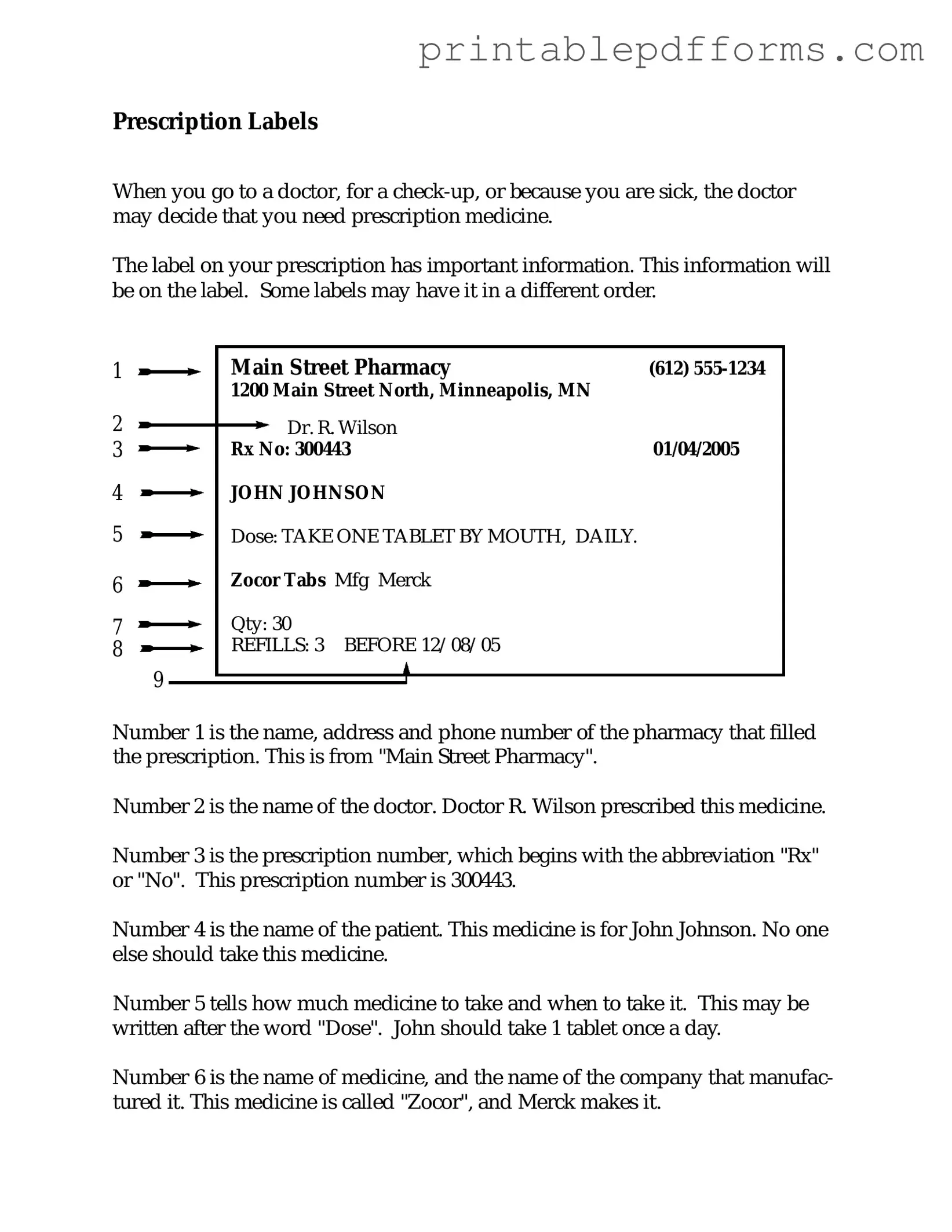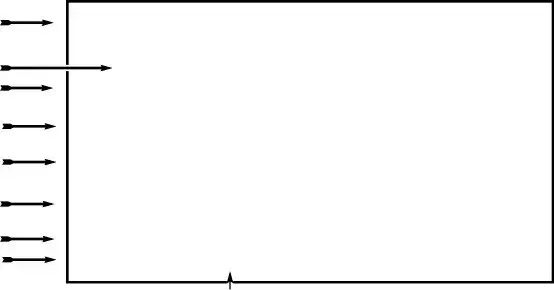The Prescription Label form is a document that provides important information about a prescribed medication. It typically includes the patient's name, the prescribing doctor, the medication name, dosage instructions, and any special warnings or instructions. This form helps ensure that patients take their medications safely and effectively.
This form is crucial for patient safety. It helps to prevent medication errors by clearly outlining how and when to take the medication. Additionally, it serves as a reference for both patients and healthcare providers, ensuring that everyone is on the same page regarding the treatment plan.
The prescribing healthcare provider usually fills out the Prescription Label form. This can be a doctor, nurse practitioner, or physician's assistant. In some cases, pharmacists may also provide a label when dispensing the medication.
A well-completed Prescription Label form should include:
-
Patient's full name
-
Prescribing doctor's name
-
Medication name
-
Dosage instructions
-
Frequency of administration
-
Any special warnings or side effects
-
Expiration date
Yes, you can request changes. If you notice any errors or if your doctor alters your prescription, inform your healthcare provider or pharmacist. They can update the Prescription Label form to ensure it reflects the correct information.
If your Prescription Label form is missing critical information, do not take the medication until you clarify the details. Contact your healthcare provider or pharmacist to get the necessary information. It’s better to be safe than sorry.
Take your time to read the instructions carefully. If anything is unclear, don’t hesitate to ask your healthcare provider or pharmacist for clarification. They are there to help you understand how to take your medication correctly.
What should I do if I experience side effects from my medication?
If you experience side effects, report them to your healthcare provider immediately. They can assess the situation and determine whether you should continue taking the medication or if an alternative is necessary. Always prioritize your health.
It’s a good idea to keep the Prescription Label form for a while after finishing your medication. This can be helpful for future reference, especially if you need to discuss your treatment with a healthcare provider later on.
The Prescription Label form is primarily for prescription medications. Over-the-counter medications typically have their own labeling. However, if you have questions about an over-the-counter medication, you can still consult with a pharmacist for guidance.

